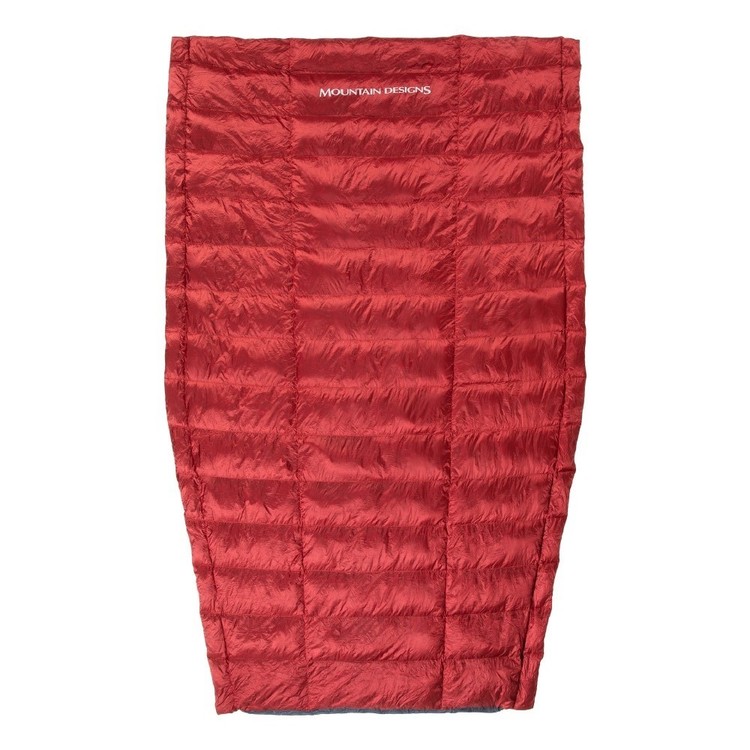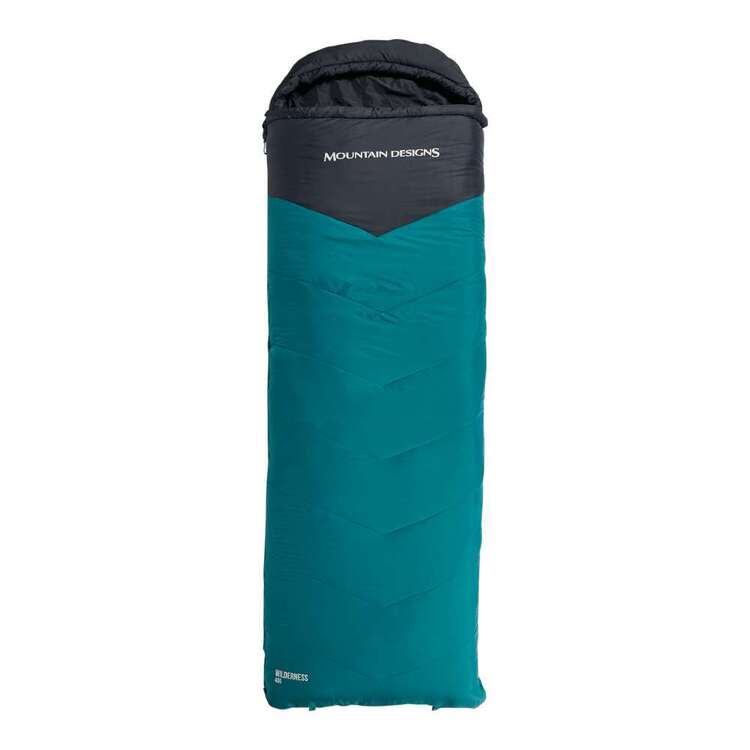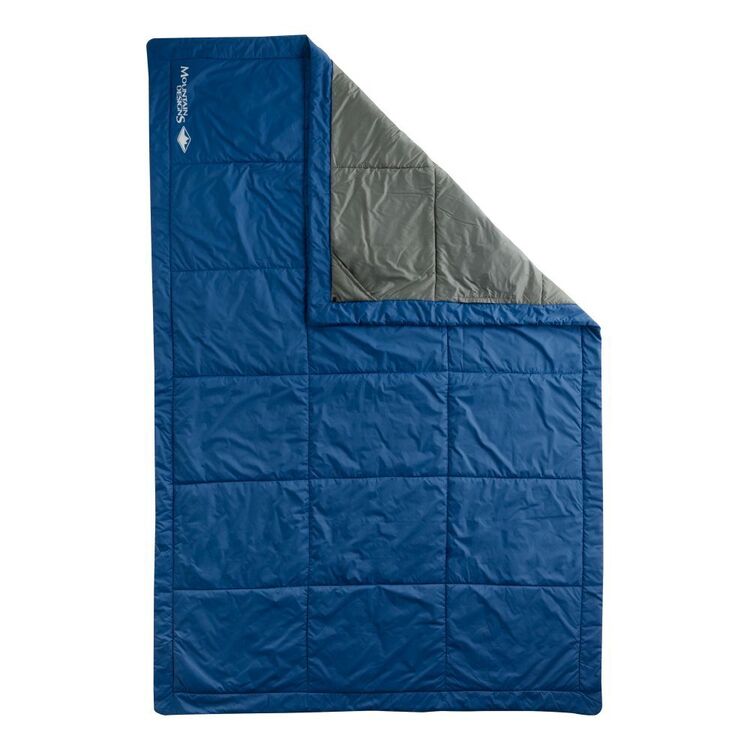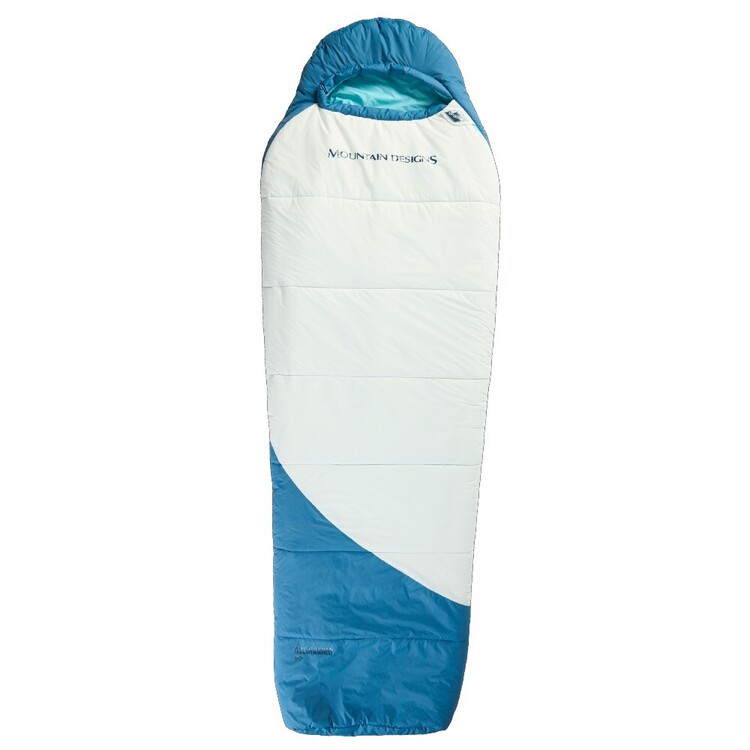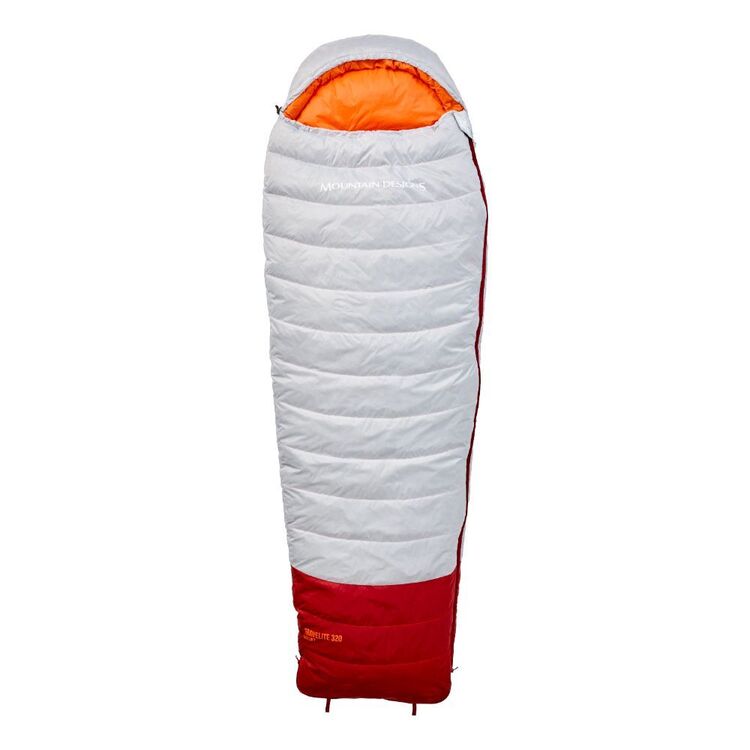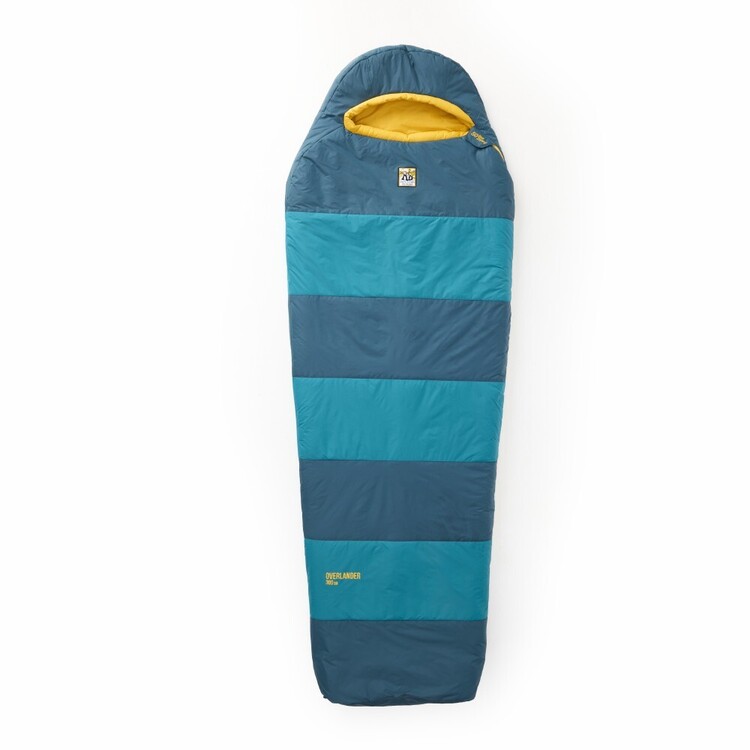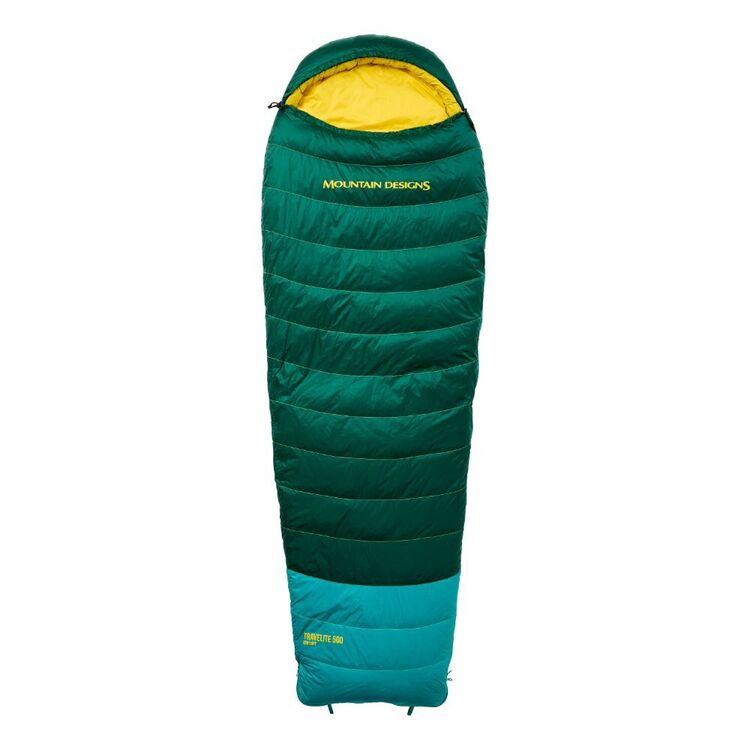| Your browser is not supported. | ||
|
Please browse our site using any of the following options:
| ||
Sleeping Bags
Buy sleeping bags at Mountain Designs & find the best sleeping bag for your adventure. Explore a larger collection of Sleeping Bags at Anaconda.
9 items found.
Buy Quality Sleeping Bags For Hiking & Camping At Mountain Designs
Shop high-quality sleeping bags and outdoor quilts from Mountain Designs, where you can explore a great range of designs to find a sleeping bag that perfectly matches your requirements of weight, durability, size and warmth. Since creating our first sleeping bag design back in the mid-70s for an expedition to the Patagonian mountains of South America, we at Mountain Designs have embraced innovation. In fact, we brought a number of technical design 'firsts' to Australia and the world, changing sleeping bag manufacture across the globe and stamping us as leaders in the outdoor industry.
Choose from synthetic sleeping bags and down sleeping bags at Mountain Designs, in various styles and loft ratings that each offer different benefits to ensure a good night's sleep. Whichever sleeping bag you choose, rest easy with the quality and fit-for-purpose functionality of a Mountain Designs sleeping bag.
Discover Premium Materials & Designs With A Mountain Designs Sleeping Bag
With a commitment to quality, functionality and practicality, Mountain Designs has thought of every eventuality and need when it comes to our sleeping bag designs. Here are some of the great features you can find in the range:
- Durable Materials & Construction: Our sleeping bags are crafted from materials that balance out softness to maximise comfort with durability to handle outside conditions and use. Our sleeping bags are made from sturdy outer layers like ripstop fabric, and use high-quality stitching techniques in the construction to optimise wear.
- Functional Designs: Discover great features like a footbox with a separate zip, giving you the option to open the bottom of the bag for lower leg ventilation and air flow - or even completely unzip the bag and use it like a blanket. You can also find left-hand and right-hand side zip options, allowing two sleeping bags to be zipped together to be used like a double sleeping bag. Built-in pillow pockets and internal stash pockets are also handy extras.
- Easy To Carry: A lightweight sleeping bag doesn't seem that relevant when you're lying down - but during the day when it's packed up and stowed in your backpack, this will be important. Mountain Designs sleeping bags utilise lightweight and highly compressible materials so you don't use up too much packing space either.
- Great Thermal Efficiency: Whether you choose a down sleeping bag or a synthetic sleeping bag, it's important to remember that it's not just the insulation type that's keeping you warm. Our sleeping bags include features like optimised baffle constructions and 3D hood designs with tightening systems that allow you to effectively trap warmth.
Sleeping Bags FAQs
What are the best sleeping bags for cold weather?
Sleeping bags are made to perform to specific temperature ranges, and each design will indicate the temperature rating. The temperature rating comprises three measurements:
- 'T Comfort' value, which refers to the lowest temperature at which a standard user can expect to sleep comfortably in a relaxed body position, such as lying on their back.
- 'T Limit' value, which refers to the lowest temperature at which a standard user can expect to sleep in a curled body position and remain asleep.
- 'T Extreme' value, which refers to the lowest temperature at which a standard user can withstand when using the sleeping bag.
Unless you are using your sleeping bag in extreme conditions (such as an alpine expedition), the rating to look for when choosing your sleeping bag will generally be the T Limit. Learn more with our handy guide on deciphering temperature ratings for sleeping bags.
Down vs synthetic sleeping bag: what's the difference?
Down sleeping bags contain down insulation that is made from goose or duck down, whereas synthetic sleeping bags contain synthetic microfibres made of polyester threading, which is moulded into long single threads or short staples to mimic lofty down clusters. There are a few differences between the two fill types but fundamentally, down has a better warmth-to-weight ratio. This means that ounce for ounce, it is warmer than synthetic. It also retains its shape and loft very well, and is highly compressible, making it easy to pack away and store while outdoors.
How to care for sleeping bags?
Once you've invested in the best sleeping bag for your needs, you'll need to correctly care for it to maximise its longevity and performance. If you're wondering how to wash a sleeping bag or store a sleeping bag, our informative product care instructions for sleeping bags will ensure you have all the know-how to best maintain your sleeping bag for years to come.
Shop The Best Sleeping Bags For Every Adventure At Mountain Designs
At Mountain Designs we're proud to produce high-quality sleeping bags to meet all your outdoor sleeping requirements. Learn more about how to choose a sleeping bag with our informative guide, where we cover temperature ratings, sizes, fill type, sleeping bag shapes and more. Complete your outdoor sleeping set up with sleeping mats to place under your sleeping bag, and handy sleeping accessories including camp pillows, sleeping bag liners and insect nets. Shop sleeping bags online with Mountain Designs to enjoy the convenience of home delivery for your order. Take advantage of exclusive discounted Club prices, sign-up vouchers and other fabulous member benefits with the Mountain Designs Alliance Club - make sure you sign up for free today!
